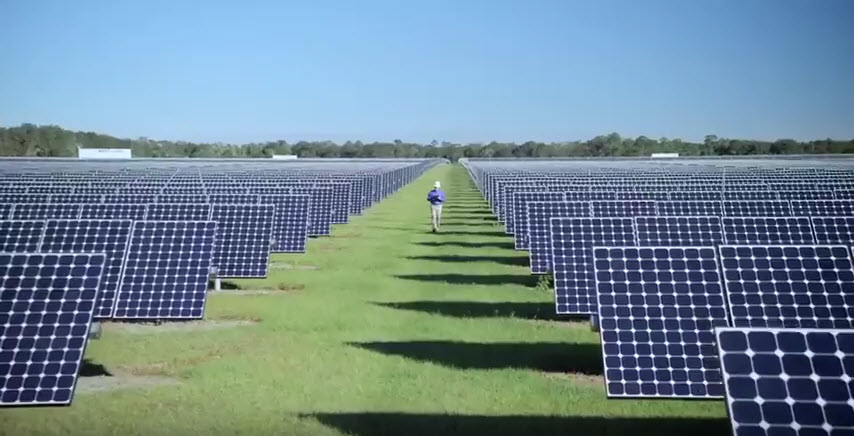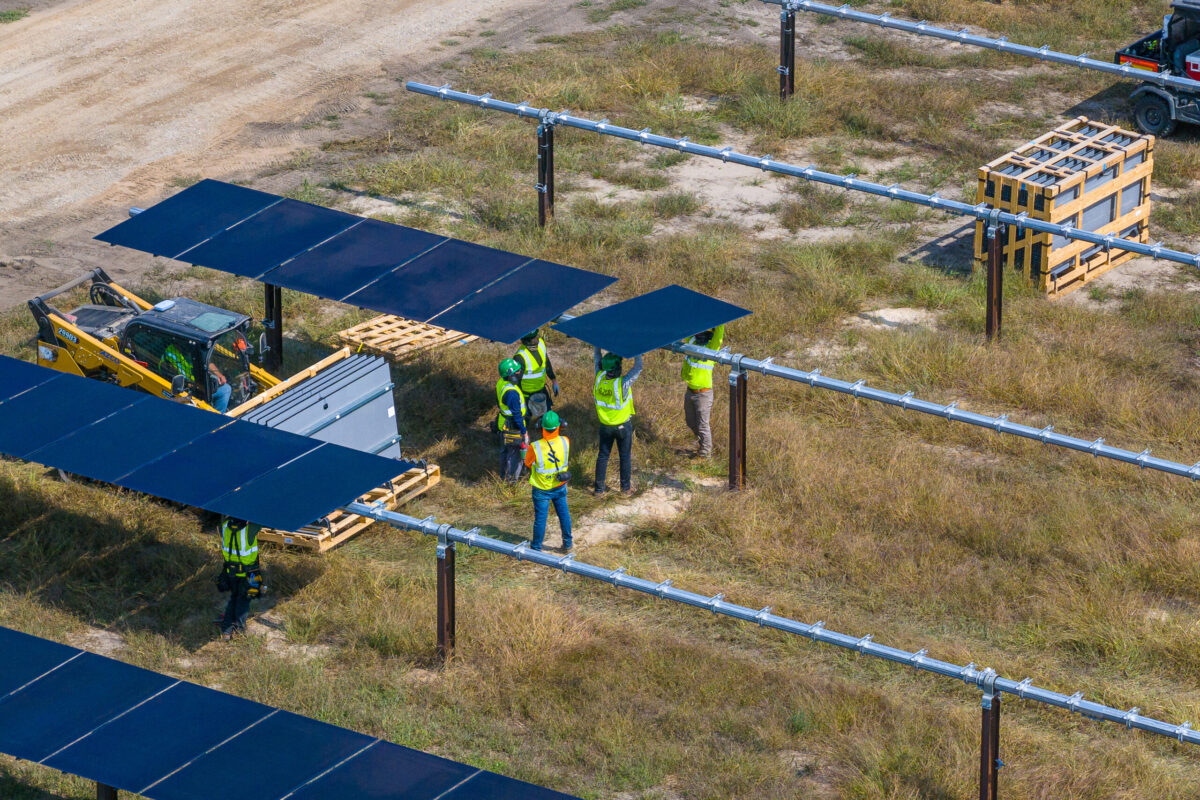The electricity landscape in the United States is changing, and sometimes these changes happen quickly. Yesterday Florida utility Tampa Electric sent a plan to state regulators which includes a proposal to build 600 MW of solar over the next four years.
The utility plans to build this capacity in plants smaller than 75MW, to avoid bureaucratic challenges of larger projects under state law. It has proposed to pay for this through a “solar base rate adjustment mechanism”, meaning that the utility will be able to recover the cost of building these projects through customer rates.
There will be a cap on the amount that Tampa Electric would be allowed to recover, however a comparison with other utility-scale solar projects in Florida indicates that the projects will likely save money for customers due to lack of fuel costs. It is also notable that concurrent with freeze in customer rates, Tampa Electric has proposed to not enter into further fuel hedging costs.
Under the proposal the solar projects will be built in four tranches, every year 2018 through 2021, but 2/3 of the capacity is scheduled for the first two years. One of the reasons for this urgency is a desire to take advantage of the federal Investment Tax Credit (ITC) at the 30% rate, before it begins declining in 2020.
The proposal represents a deal between Tampa Electric, the state and large electric users including hospitals and retailers. Southern Alliance for Clean Energy (SACE) was also in discussions with Tampa Electric, and says that is supports the settlement.
SACE notes that while it does not always support proposals to “rate-base” such investments, that such a mechanism allows for a more rapid development of projects to quality for the ITC at the 30% rate, and means that Tampa Electric will not have to seek regulatory approval for each new procurement from independent power producers.
By the time these facilities come online in 2022, Tampa Electric expects to get 6% of its electricity from solar PV. This is far more than most U.S. utilities, and around three times the national average. However, by 2022 that is likely to change.
If approved by regulators, this will also be part of a boom of utility-scale solar in Florida. The state had long been a laggard despite its size and ample natural solar potential, however earlier this year contractors began work on 596 MW of solar projects for Florida Power and Light. Duke has also announced plans to build 700 MW of solar in the state, as part of an agreement in which SACE was involved.
This content is protected by copyright and may not be reused. If you want to cooperate with us and would like to reuse some of our content, please contact: editors@pv-magazine.com.









By submitting this form you agree to pv magazine using your data for the purposes of publishing your comment.
Your personal data will only be disclosed or otherwise transmitted to third parties for the purposes of spam filtering or if this is necessary for technical maintenance of the website. Any other transfer to third parties will not take place unless this is justified on the basis of applicable data protection regulations or if pv magazine is legally obliged to do so.
You may revoke this consent at any time with effect for the future, in which case your personal data will be deleted immediately. Otherwise, your data will be deleted if pv magazine has processed your request or the purpose of data storage is fulfilled.
Further information on data privacy can be found in our Data Protection Policy.